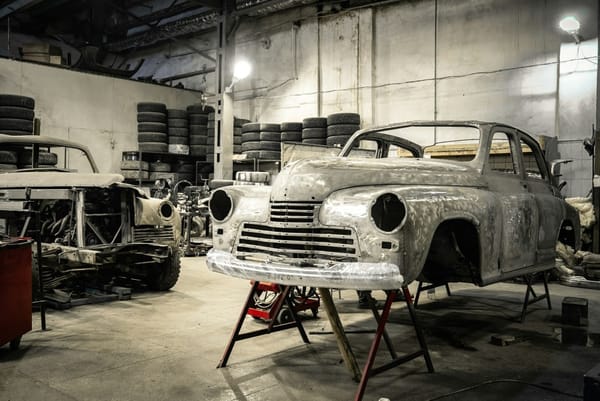Primer: The Beauty Flywheel is Broken
The traditional "big beauty" model is facing several structural headwinds and while I expect big beauty brands like L'Oréal and Estée Lauder to amply navigate these headwinds, their best days are behind them.

The traditional "big beauty" model is facing several structural headwinds and while I expect big beauty brands like L'Oréal and Estée Lauder to amply navigate these headwinds, their best days are behind them.


I don't spend much time on Polish microcaps but several unrelated people told me to check out Spyrosoft. While I normally spend an hour investigating then move on, Spyrosoft stood out as it had characteristics of one my favourite IT services companies: Reply. I then had a chance

CCC is the de facto platform powering claims management, estimation and valuation for the auto insurance and repair ecosystem.

What is my strike zone?

You don't need to bet on tech, oil and gas, and biotech, to have a 100 bagger.